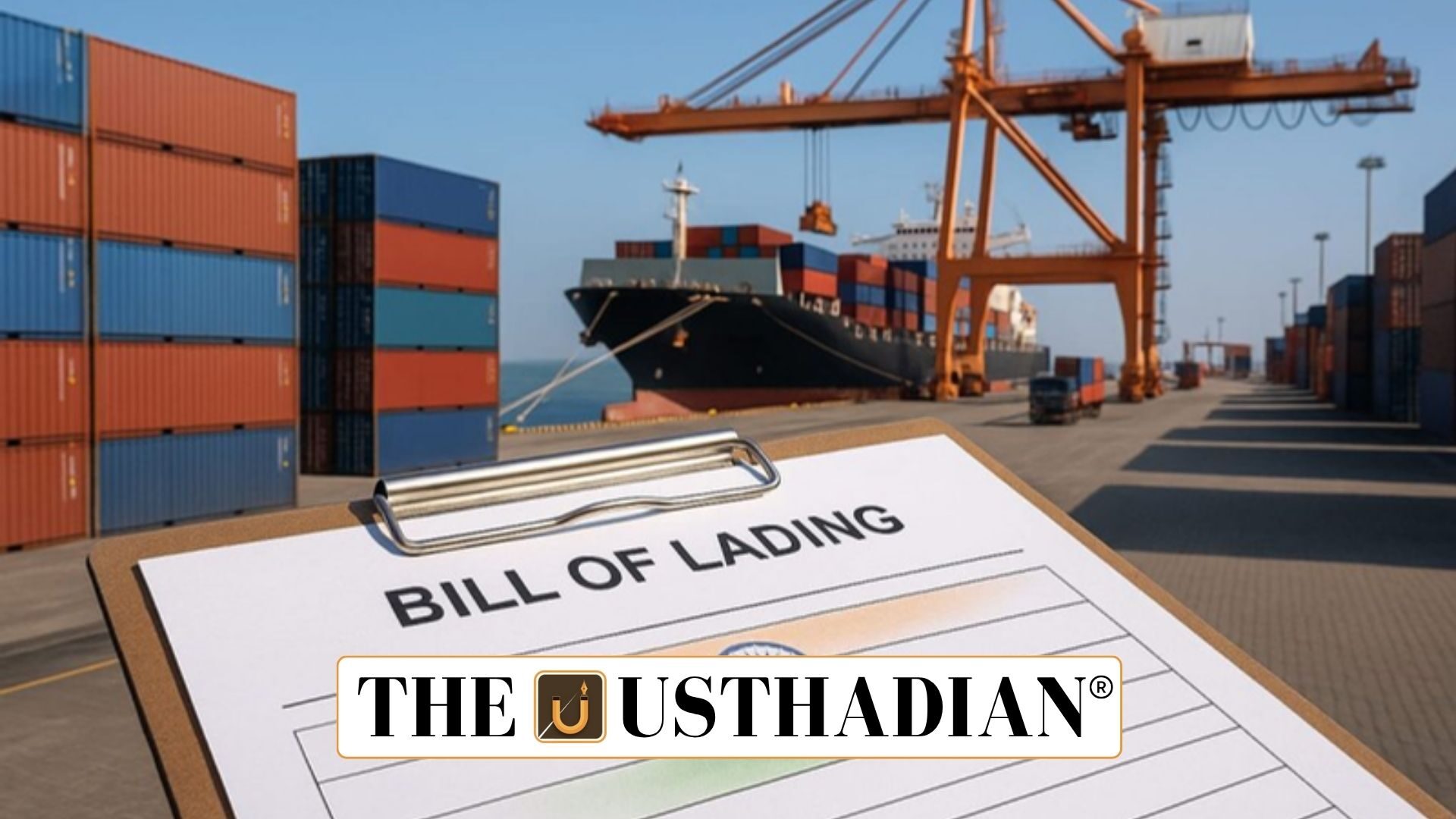Understanding Bills of Lading
Modernising India’s Maritime Law through Bills of Lading Bill 2025: A bill of lading is an essential shipping document that serves as a record of goods transported by sea. It contains critical information like the nature, quantity, and final destination of the cargo. It also acts as a receipt and contract between the shipper and the transporter, forming the backbone of maritime trade.
Static GK fact: Bills of lading have been used in international trade since at least the 16th century as legal evidence of shipped goods.
Why the New Law Was Introduced
The Bills of Lading Bill, 2025 replaces legislation that dates back to 1856. The older law was inadequate for modern shipping operations and failed to cover evolving practices like digital documentation. With global trade becoming more complex, India needed a law that better reflects current logistics and legal realities.
Key Changes Brought by the Bill
The updated legislation permits issuance of bills of lading even before cargo is physically loaded, aimed at accelerating trade operations. However, this has raised concerns about possible misuse. The law also establishes a clear legal mechanism for transferring rights and obligations to other parties mentioned in the document, such as consignees and endorsees.
Static GK Tip: In trade law, an endorsee is someone who receives document-based rights by endorsement, including legal claims over the goods.
Delay in Legalising Electronic Bills
Although digital shipping documents are becoming standard globally, electronic bills of lading (e-bills) are not yet part of this legislation. The government has announced plans to introduce a separate law to address this gap, acknowledging the ongoing transition to paperless trade.
Parliamentary Discussions and Reactions
The bill was cleared in the Rajya Sabha through a voice vote, but not without criticism. Several lawmakers raised red flags about fraud risks—particularly the potential for fake transactions if bills are accepted without shipment verification. The government defended the bill, stating that security protocols and future reforms would address these vulnerabilities.
Role in India’s Maritime Vision
This new legal framework supports broader national objectives like the Sagarmala programme, which aims to improve port infrastructure and streamline logistics. A well-defined legal process around cargo documentation is expected to make India a more attractive hub for international maritime trade.
Static GK fact: India’s Sagarmala project targets increased port efficiency by enhancing coastal infrastructure and multimodal transport links.
Overall Impact on Trade and Logistics
With this reform, India takes a step forward in making its maritime trade environment more transparent and efficient. The law aligns the country with global shipping standards and strengthens its position in international commerce.
Static Usthadian Current Affairs Table
Modernising India’s Maritime Law through Bills of Lading Bill 2025:
| Topic | Detail |
| Old law replaced | Indian Bills of Lading Act, 1856 |
| Year of new law | 2025 |
| Passed in | Rajya Sabha |
| Voting method | Voice vote |
| Key programme linked | Sagarmala programme |
| Validity of bill | Even before goods are shipped |
| E-bills covered? | No |
| Main concern | Potential for misuse and fraud |
| Rights transferred to | Consignees and endorsees |
| Government’s assurance | Future legislation for electronic bills of lading |








